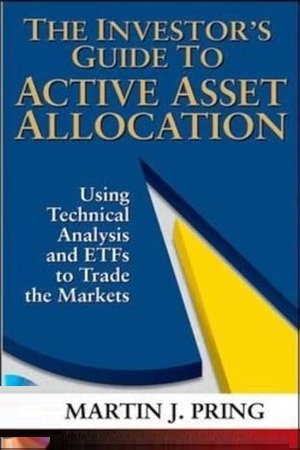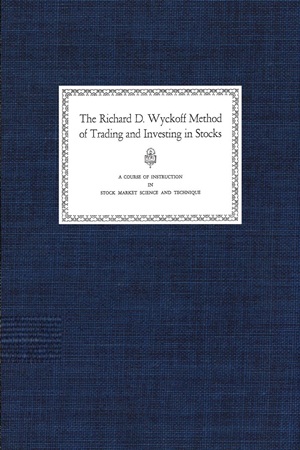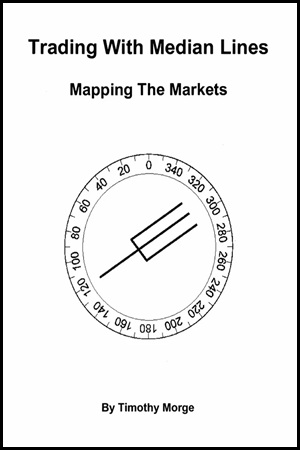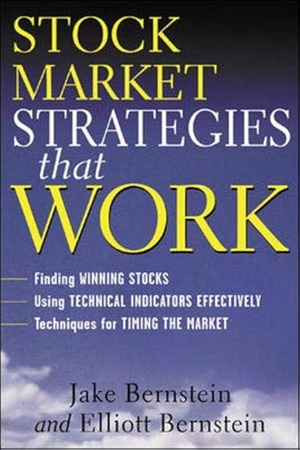The Investor’s Guide to Active Asset Allocation: Using Technical Analysis and ETFs to Trade the Markets
25.19 $
- Author: Martin J. Pring
- Skill Level: Intermediate to Advanced
- Format: PDF
- Pages: 384
- Delivery: Instant Download
A Modern Blueprint for Managing Risk and Enhancing Returns with ETFs and Technical Analysis
Legendary market technician Martin J. Pring delivers a masterclass in tactical investing with The Investor’s Guide to Active Asset Allocation. This guide blends technical analysis, intermarket relationships, and ETF strategies to help investors move capital into the right assets at the right time—while avoiding costly drawdowns.
Unlike passive investing models, Pring presents an active asset allocation approach using tools like trend indicators, momentum signals, and relative strength. He breaks down the logic behind rotating among asset classes (stocks, bonds, commodities) and sectors based on market cycles and macro shifts.
Designed for investors who want more control, better risk-adjusted returns, and a systematic approach to asset rotation, this book is your strategic roadmap to thriving across bull and bear markets.
✅ What You’ll Learn:
- How to use technical tools to rotate between asset classes and sectors
- The importance of economic cycles and intermarket relationships
- How to identify leading and lagging sectors with ETFs
- Strategies for minimizing downside and enhancing returns
- Building and managing an active portfolio that adapts to market conditions
- Combining long-term trend analysis with tactical execution
💡 Key Benefits:
- Learn from one of the most respected figures in technical analysis
- Move beyond buy-and-hold and time your exposure with confidence
- Use ETFs to execute dynamic allocation decisions with precision
- Reduce drawdowns and improve portfolio resilience
- Apply professional-grade tools with a clear, structured approach
👤 Who This Book Is For:
- Intermediate to advanced investors and portfolio managers
- ETF traders seeking a tactical edge
- Technical analysts applying macro trends to portfolio construction
- Risk-conscious investors tired of passive underperformance
- Anyone managing retirement, institutional, or private wealth accounts
📚 Table of Contents:
- Why Active Asset Allocation Matters
- The Intermarket Foundations of Rotation
- Sector Leadership and Relative Strength
- Timing Tools and Trend Filters
- Using ETFs for Efficient Implementation
- Risk Management and Position Sizing
- Portfolio Construction and Rebalancing
- Case Studies in Market Rotation
- Long-Term Wealth Building with Tactical Tools
| Author(s) | Martin J. Pring |
|---|---|
| Format | |
| Pages | 384 |
| Published Date | 2006 |







